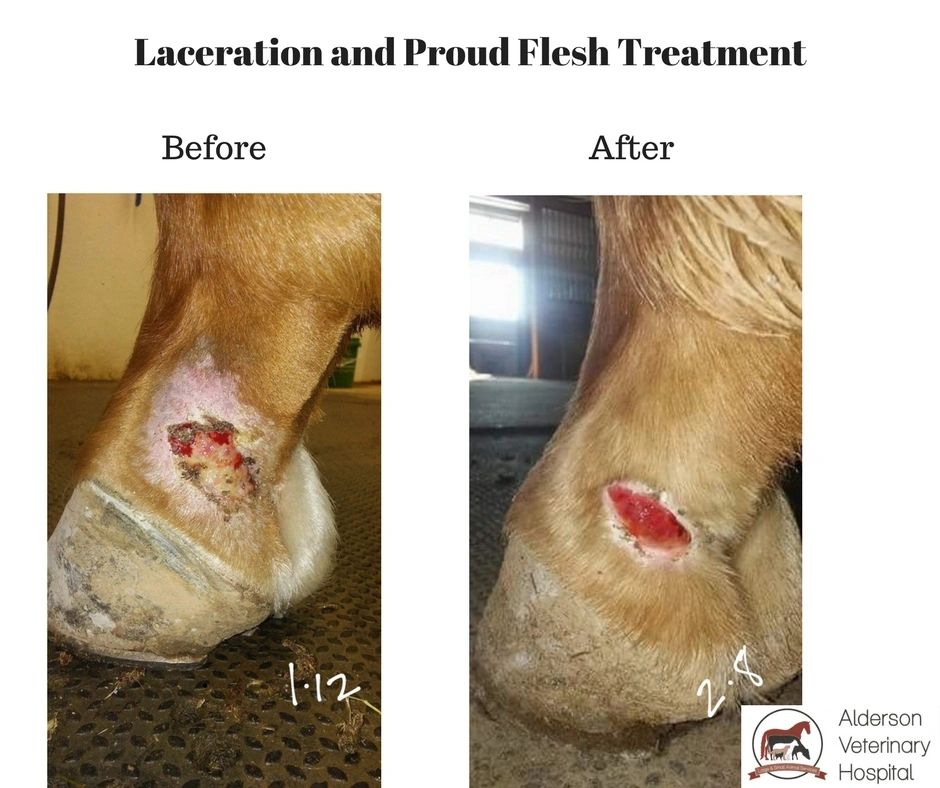Equine Therapy Success Stories: Real People, Genuine Psychological Makeovers
Equine Therapy Success Stories: Real People, Genuine Psychological Makeovers
Blog Article
Reviewing the Performance of Laser Therapy in Horse Treatment for Injury Rehab
The evaluation of laser treatment's efficiency in equine injury rehabilitation hinges on multiple aspects, including recuperation time, pain reduction, and cells regrowth. Professional researches suggest notable enhancements in problems like tendonitis and osteoarthritis, credited to improved cellular function and elevated ATP production. Vets often observe exceptional results with laser therapy contrasted to standard methods, positioning it as a crucial component in equine care. The need for continual surveillance and personalized treatment plans can not be overemphasized. What certain scientific evidence supports these cases, and how do veterinarians carry out these procedures in technique?
Comprehending Laser Treatment
Laser therapy has come to be a critical tool in veterinary medication, especially in the therapy of equine conditions. Understood for its non-invasive nature and effectiveness, laser treatment includes the application of certain wavelengths of light to stimulate tissue repair work and decrease swelling. This healing technique is significantly favored for its ability to speed up the healing procedure in horses enduring from a selection of musculoskeletal injuries and persistent conditions.
The key system behind laser therapy is its capacity to enhance cellular functions. When laser light passes through the skin, it is absorbed by mitochondria, the powerhouse of cells, which brings about increased manufacturing of adenosine triphosphate (ATP) This biochemical power increase helps with cellular repair work and regeneration. Furthermore, laser therapy advertises vasodilation, improving blood circulation and oxygen shipment to broken tissues, thus accelerating recuperation.
In equine medicine, laser treatment is especially helpful for problems such as tendonitis, osteoarthritis, and injury healing. The technique is lauded for its pain-relieving homes, allowing horses to reclaim flexibility and function much more swiftly. Vets likewise appreciate its minimal side impacts compared to various other therapy techniques, making it a dependable and secure alternative for equine care.

Just How Laser Treatment Functions

Upon absorption, these photons trigger a series of biochemical modifications, improving mitochondrial function and resulting in boosted adenosine triphosphate (ATP) manufacturing. This surge in ATP increases cellular metabolic process, promoting cells repair and regeneration. Additionally, laser therapy regulates inflammatory responses by influencing cytokine degrees and lowering oxidative tension, thereby alleviating discomfort and swelling.
An additional significant facet of laser therapy is its role in boosting microcirculation. The treatment promotes vasodilation, boosting blood circulation and oxygen distribution to broken tissues (Equine Therapy). This facilitates the removal of cellular debris and sustains the spreading of fibroblasts and collagen synthesis, essential for wound healing
Professional Evidence
The efficacy of laser therapy in equine therapy has actually been validated via various scientific research studies, showcasing its restorative potential across a range of conditions. Numerous controlled tests and observational research studies have recorded substantial renovations in tissue repair work, discomfort decrease, and general rehabilitation timelines. A research performed by Turner et al. (2012) showed that horses treated with low-level laser treatment (LLLT) for tendon injuries showed accelerated browse around this web-site recovery contrasted to those obtaining traditional therapies. The research highlighted a significant decrease in inflammation and enhanced collagen development.
In a similar way, study by Johnson and coworkers (2015) focused on equine muscle injuries, revealing that laser therapy significantly expedited muscle mass fiber regeneration and reduced muscle rigidity. These findings were supported by histological analyses revealing better muscle cells company. In addition, scientific assessments have shown that laser treatment can relieve persistent problems such as osteoarthritis. A study by Smith et al. (2018) reported that equines with osteoarthritic joints experienced significant discomfort alleviation and enhanced variety of activity complying with a regimen of laser treatment sessions.
Veterinarian Insights

Veterinarians likewise value the flexibility of laser treatment. It can be utilized for a large range of conditions, from shallow injuries to deeper bone and joint injuries. Dr. Emily Brown highlights its energy in treating problems like tendonitis and osteo arthritis, where conventional treatments commonly fail. She explains that laser treatment can be customized to the details needs of each steed, making sure optimal results.
In addition, vets value the ability to integrate laser treatment with other therapy techniques. This multimodal strategy can enhance total therapy effectiveness, giving a comprehensive remedy for equine recovery. Such recommendations from skilled experts highlight the growing approval and application of laser therapy in equine medication.
Practical Considerations
An essential facet of carrying out laser treatment in equine treatment entails comprehending the useful factors to consider that ensure its efficiency and security. First and primary, it is vital to pick the proper laser tool, as numerous types differ in wavelength, power, and infiltration depth. Equine Therapy. Veterinarians need to be fluent in these criteria to customize treatment procedures successfully to each injury type
In addition, the frequency and duration of laser treatment sessions require mindful preparation to maximize healing advantages while lessening any type of possible adverse effects. Consistent surveillance of the equine's response to treatment can assist needed adjustments in the therapy read what he said routine. Establishing a risk-free and controlled environment during treatments is likewise important to stop unexpected exposure to laser exhausts, which can hurt both the horse and the trainer.
Educating and qualification of personnel administering laser therapy are paramount to make sure appropriate strategy and to maintain safety and security standards. Furthermore, preserving exact documents of each session, including laser setups and observed outcomes, is essential for assessing the overall performance of the treatment and for making data-driven choices.
Verdict
Laser treatment has become a reliable method in equine injury recovery, supplying substantial advantages in recovery time, discomfort relief, and cells healing. Clinical researches underscore considerable enhancements in conditions such as tendonitis and osteo arthritis, credited to enhanced mobile feature and raised ATP production. Veterinarian monitorings affirm these findings, highlighting premium outcomes compared to typical therapies. For optimum outcomes, continuous tracking and individualized therapy procedures continue to be necessary in leveraging the complete possibility of laser therapy in equine care.
Report this page